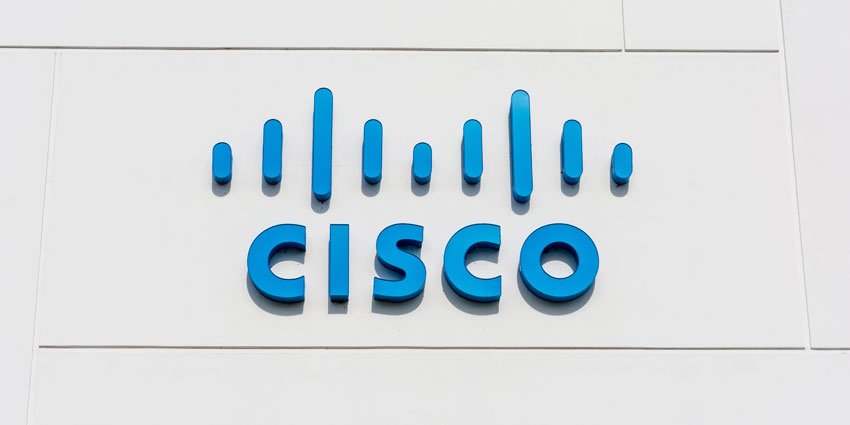An unavoidable result of the hybrid model of working that has emerged from the pandemic is a greater pressure on businesses to strike the right balance between ‘bricks and mortar’ physical customer service and virtual engagement. With so many people forced into a digital-only way of life, it’s important for organisations to suffuse virtual experiences with a human touch. At the same time, customers are now accustomed to digital modes of interaction and increasingly expect the handover between the two methodologies to be seamless.
The shift towards cloud-based platforms and infrastructures is set to continue and the already virtualised contact centre will also keep moving in that direction. The changes have also brought about a new concept of the connected enterprise, particularly applicable to contact centres, where experts and specialists in IT, negotiation and social media, for example, can be brought into the customer engagement conversation when required.
Those businesses that moved to a completely online approach out of necessity are also now seeking that hybrid middle ground between the virtual and the physical. This is challenging because customers will expect that if they have started an interaction with an organisation in the virtual world and then walked into a shop, for example, the business should know who they are instantly and the status of their interaction.
Organisations can look to join up this interaction history through their customer service channels. In doing so, a digital design approach can help companies to understand more about their most common journeys, products and customer profile types. This knowledge will enable the focus to be put on optimising those journeys and the channels used to facilitate them.
Striking a Balance
Regrettably, too many businesses still have a digital by default mindset to customer service. Often, they try to migrate their customer interaction channels to digital in one fell swoop. It is an approach that will never work. Some products and services lend themselves to being sold digitally and some do not, while some customers want to interact digitally, and some prefer a traditional phone or even a face-to-face meeting.
Organisations must, therefore, avoid falling into the trap of trying to make everything digital and then wondering why the overall customer experience remains poor. Instead, they should put in place a digital by design approach focused on the customer journey. They might need to understand, for example, what are the top five journeys that drive revenues, reduce costs, or ensure regulatory compliance.
Once the business has mapped out these optimal journeys, they can start to think about how to reduce the steps involved to make the process shorter, faster, easier, and more efficient. And to build further on these results, they can layer in technology to further automate and speed up the approach.
A prime example is video which stands out among virtual channels with its multiple applications for raising the level of customer service and improving customer engagement. These can include everything from a retailer demonstrating the benefits of a particular product to a field engineer explaining how to fix a broken tap, or a doctor holding a patient consultation.
By posting explanatory videos on an organisation’s website or social media platforms, it is possible to reduce incoming calls to technical specialists within the business by providing video answers online that help customers solve common problems for themselves. Video can also improve customer service through staff training and improving the health and well-being of staff.
The virtual engagement approach to customer interaction has many benefits in terms of resolving customer queries quickly and efficiently with as little effort on the customer’s part as possible. In line with this, many businesses find that the vast majority of engagements can be handled through a straight through process.
It is necessary, however, for organisations to also have in place the ability to seamlessly escalate and hand-off any call to a human if there is any sort of issue with the digital process. It is also crucial that, as part of that process, relevant contextual information about the customer and their failed virtual interaction, as well as their previous engagement history, is transferred over to the customer service agent.
Customer behaviour changes continuously and businesses are always evolving. Every organisation using digital engagement platforms needs to be tracking and monitoring them all the time. They need to understand where in the process people are using them intensively and generating positive results but also where people are getting frustrated and abandoning the virtual engagement process.
Identifying and revising these issues of frustration is crucial because it is those that have the most potentially damaging consequences. Finding the balance between physical customer service and virtual engagement requires that the digital approach can run reports and generate data that can pinpoint at the points in the process customers are not comfortable with so that they can be quickly addressed to protect their confidence in the platform.
Guest Blog by Jeremy Payne, International VP Marketing & Alliances, Enghouse Interactive







